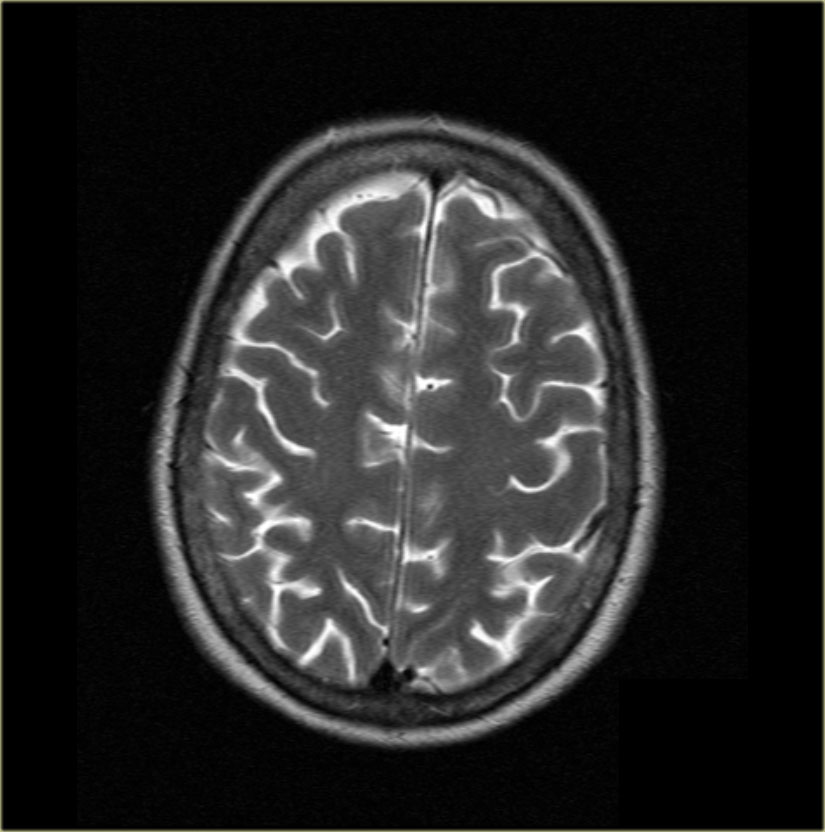


The subiculum is the medial and superior edge of the parahippocampal gyrus and its site of union with the cornu ammonis.The hippocampus is surrounded by several fissures which are collectively referred to as the perihippocampal fissures. The cornu ammonis continues inferomedially in the parahippocampal gyrus, a gray matter structure that forms the transition area between the basal and mesial areas of the temporal lobe. At the level of the hippocampal tail, the fimbriae continue posteriorly as the crux of the fornix (11) that slants upwards towards the splenium of the corpus callosum (9) and the hippocampal tail continues as the subsplenial gyri (10).īased on its cellular composition, the cornu ammonis is divided into four parts, the so-called Sommer’s sectors CA1 to CA4. The hippocampal head is separated from the amygdala (5) by the uncal recess of the lateral ventricle (7) and is characterized by small digitations separated by small sulci, the digitationes hippocampi (6). The hippocampal head is the only portion of the hippocampus not covered by the choroid plexus (7).

The head (1) is located in front of the mesencephalon, the body (2) can be found at the level of the mesencephalon and the tail (3) is posterior to the mesencephalon. To easily recognize the different portions of the hippocampus, we can use the mesencephalon (4). 1 = hippocampal head, 2 = hippocampal body, 3 = hippocampal tail, 4 = mesencephalon, 5 = amygdala, 6 = hippocampal digitations, 7 = temporal horn of the lateral ventricle, 8 = uncal recess of the lateral ventricle, 9 = splenium of the corpus callosum, 10 = subsplenial gyri, 11 = crura of the fornices. The hippocampal body is shown in detail in Fig. Zoomed-in 3-T coronal T2-weighted images at the level of the hippocampal head ( c) and the hippocampal tail ( d).

The hippocampus can be affected by a wide range of congenital variants and degenerative, inflammatory, vascular, tumoral and toxic-metabolic pathologies. By using this app, you agree to the foregoing terms and conditions, which may from time to time be changed or supplemented.The hippocampus is a small but complex anatomical structure that plays an important role in spatial and episodic memory. MDToolkit expressly disclaims responsibility, and shall have no liability, for any damages, loss, injury, or liability whatsoever suffered as a result of your reliance on the information contained in this app.
Hippocampus anatomy radiology assistant professional#
This information is not intended to be patient education and should not be used as a substitute for professional diagnosis and treatment. Contact with any questions, comments, or advice to improve app.ĭisclaimer: The information in this app is provided as an educational resource only, and is not to be used or relied on for any diagnostic or treatment purposes. If errors are encountered, please contact me through my e-mail. The information contained in this app cannot be guaranteed for completeness and accuracy. This App provides a dynamic and interactive method of viewing cross-sectional human anatomy on computed tomography (CT).


 0 kommentar(er)
0 kommentar(er)
